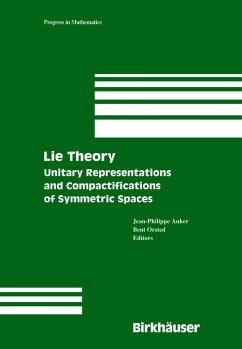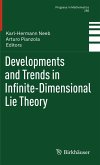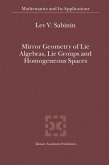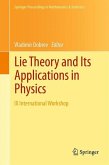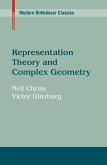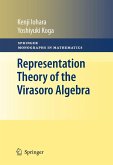In modern mathematics, a Lie group means a group which is also a manifold. While Lie groups are geometric objects, Lie algebras are algebraic elements that characterize the infinitesimal structure of Lie groups. The theories of Lie groups and Lie algebras originated in the late nineteenth century and nowadays they comprise an indispensable part of modern mathematics connecting almost all of its sub-disciplines. This book, written by one of the leading experts in the field, aims to provide a pedagogical introduction to essential concepts and methods in the theories of Lie groups and their representations in a manner comprehensible to a wide audience in mathematics and mathematical physics. The book begins with an elementary introduction to the structure of topological groups, their representation theory and Fourier analysis, followed by a detailed account of the Peter-Weyl theorem for compact groups. The second half of the book starts with the classification theory of finite dimensional irreducible representations and leads the reader to the Cartan-Weyl highest weight theory, including abundant enlightening examples of classical matrix groups. A unique feature of the book is the final chapters dedicated to the infinite dimensional unitary representation theory and the Borel-Weil theory, for which no introductory textbook exists yet. The author's writing style is such that whenever an abstract concept is introduced, he tries to motivate the reader before giving a formal definition. Special efforts are made to bring those techniques and ideas to light that are often hidden behind theorems; every explanation is well thought out to minimize the background knowledge needed to understand it; exercises are attached at the end of each chapter with fully worked-out solutions to help readers test their understanding. These features jointly make this book a precious resource for both students and researchers engaging in this rapidly growing field of research.


